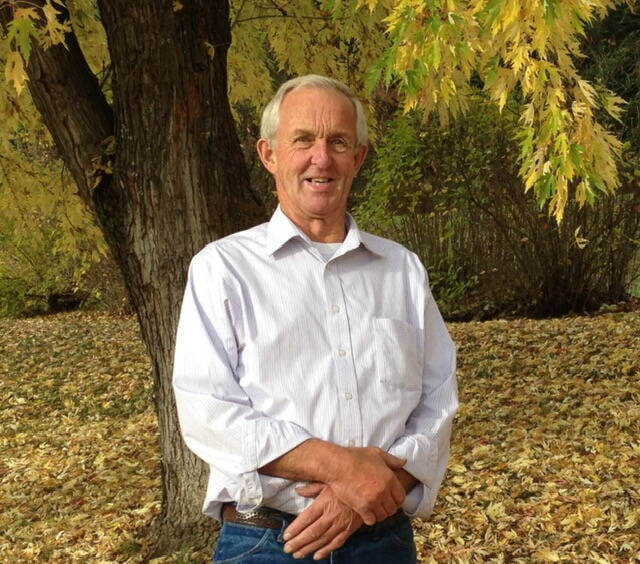By Bill Kershaw, Area ‘O’ Director
for the Thompson Nicola Regional District
I’ve been trusted to be the Area “O” Director for a combined 20 years – from 1996 to 2005 and most recently since 2011. I remain undecided on whether I will seek re-election in October, but I thought it to be prudent that I would share for upcoming candidates a little bit about what the role entails.
The Area “O” director is one out of 26 votes at the board table. Much of what you will vote on will involve matters such as land use and allocating grant funding. Some items you will vote on annually, such as approving the annual budget. You’ll sit on multiple committees and at these public meetings, you’ll often have longer discussions before voting to send items to Regular Board Meetings for approval or denial by the entire board. Each year, at the inaugural meeting in November, you will elect a Chair and Vice-Chair among your peers. The Chair is the Chief Executive Officer of the regional district which comes additional responsibilities and duties, and the Vice-Chair assumes these responsibilities when the Chair is absent.
Every two years, the TNRD will update a guiding document called the Strategic Plan and decisions made by the Board will align with the goals set out in that plan in order to meet the needs of residents.
The Board can vote to update bylaws as needed that are in place for services that are specifically provided by the TNRD. This includes services like the Library System, planning and development, solid waste and recycling, mosquito control and noxious weed control, and – specifically for Area “O” – services such as maintenance of community parks and cemeteries. Some parts of Area “O” pay for (and receive) certain services that others parts of Area “O” do not, such as fire protection and drinking water. In 2020 the Board also adopted the North Thompson Official Community Plan (OCP), which sets goals and policies for managing land use now and in the future, for helping current and future residents prepare for the challenges and opportunities ahead.
A large part of the work of an Area Director is advocacy to other levels of government on services and issues that the TNRD does not deal with. Decisions on many critical matters such as healthcare service, maintenance to highways and all rural roads, building codes, and taxation related to purchasing property, wildfire staffing, rules on timber harvesting and management of rivers and streams are all the responsibility of higher levels of government. Through federal and provincial conferences such as the UBCM or FCM, discussions with MLAs and MPs, speaking with stakeholders during Committees, Board Meetings and Hospital Board Meetings, and having good working relationships, an Area Director can effectively advocate for changes on certain issues that affect people’s day to day lives. But an Area Director does not get to vote on decisions for the items I mentioned, and many other issues that are outside the scope of local government. When good advocacy helps create changes at the provincial or federal level, it can take months or years for those changes to happen in the community.
Area “O” continues to grow in population. Demand for services continues to grow and the demand for taxes to be as low as possible also continues to be felt. It’s been my pleasure to serve residents in my area for as long as I have and I hope that this column has been of benefit to you.
_______________
Like us on Facebook
